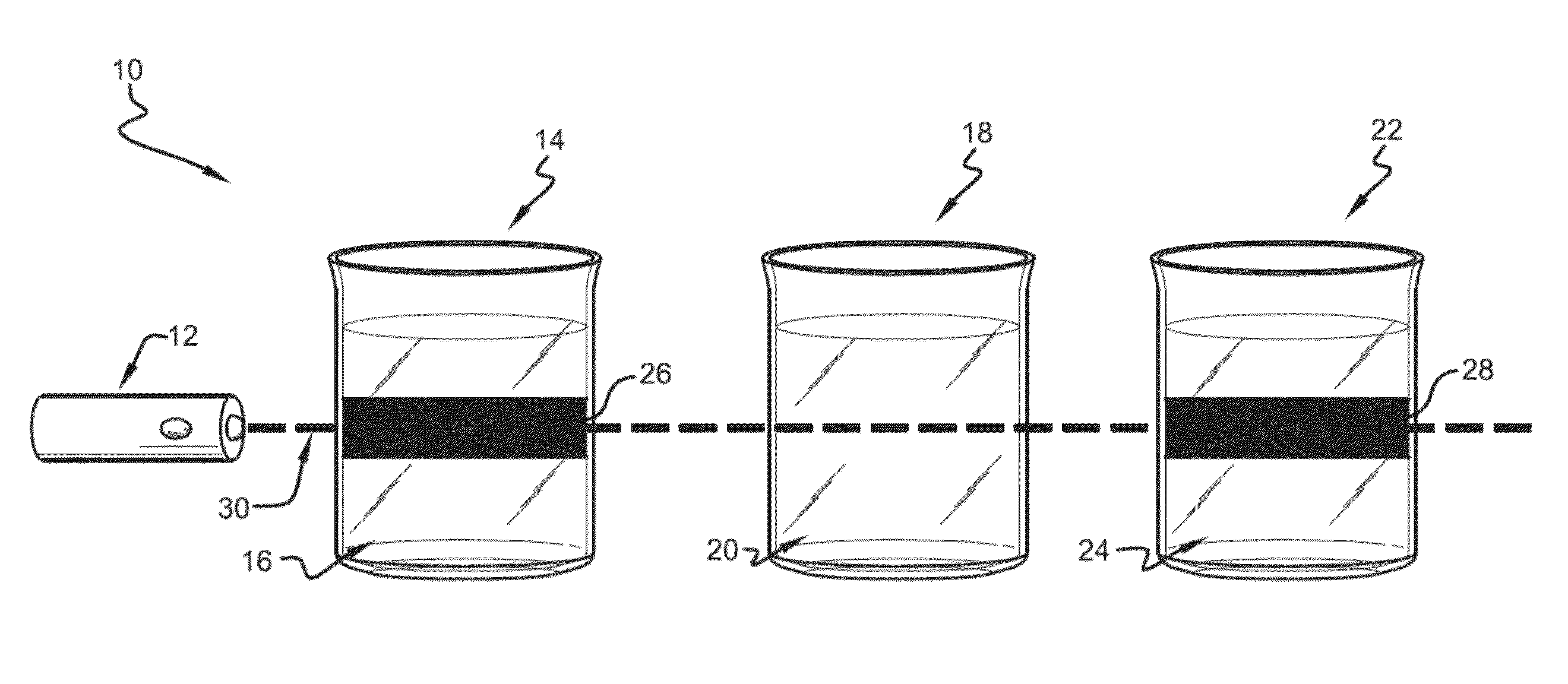Class of near infrared optical probes for biological applications
a technology of optical probes and biological applications, applied in applications, instruments, diagnostic recording/measuring, etc., can solve the problems of hammering the broad application of optical probes, permanently turning off esipt, and achieving esipt emission signals in the nir region, and achieving esipt emission signals remains attractive and challenging tasks
- Summary
- Abstract
- Description
- Claims
- Application Information
AI Technical Summary
Benefits of technology
Problems solved by technology
Method used
Image
Examples
examples
[0074]In order to facilitate the in vivo study of zinc-related biology, it is essential to develop a zinc-selective sensor that exhibits both near-infrared (NIR) emission and larger Stokes shift. A fluorescent sensor, Zinhbo-5, has been constructed by using bis(benzoxazole) ligand with 2,2′-dipicolylamine (DPA) as metal ion receptor. In aqueous solution, Zinhbo-5 exhibits high sensitivity (Kd=2.58 nM2) and selectivity for Zn2+ cation, revealing about 14-fold fluorescence enhancement upon zinc binding to give green emission. Remarkably, Zn2+ binding to Zinhbo-5 switches on the excited state intramolecular proton transfer (ESIPT), producing the desirable near-infrared region (over 710 nm) with large Stokes shift (ca. 240 nm). The new probe is demonstrated to be useful for in vivo imaging of the intracellular Zn2+ ion. The Zinhbo-5 is also useful for detecting zinc ion distribution during the development of living zebrafish embryos.
[0075]With reference to FIG. 5, our recent study illus...
PUM
| Property | Measurement | Unit |
|---|---|---|
| molar ratio | aaaaa | aaaaa |
| wavelengths | aaaaa | aaaaa |
| wavelengths | aaaaa | aaaaa |
Abstract
Description
Claims
Application Information
 Login to View More
Login to View More - R&D
- Intellectual Property
- Life Sciences
- Materials
- Tech Scout
- Unparalleled Data Quality
- Higher Quality Content
- 60% Fewer Hallucinations
Browse by: Latest US Patents, China's latest patents, Technical Efficacy Thesaurus, Application Domain, Technology Topic, Popular Technical Reports.
© 2025 PatSnap. All rights reserved.Legal|Privacy policy|Modern Slavery Act Transparency Statement|Sitemap|About US| Contact US: help@patsnap.com



